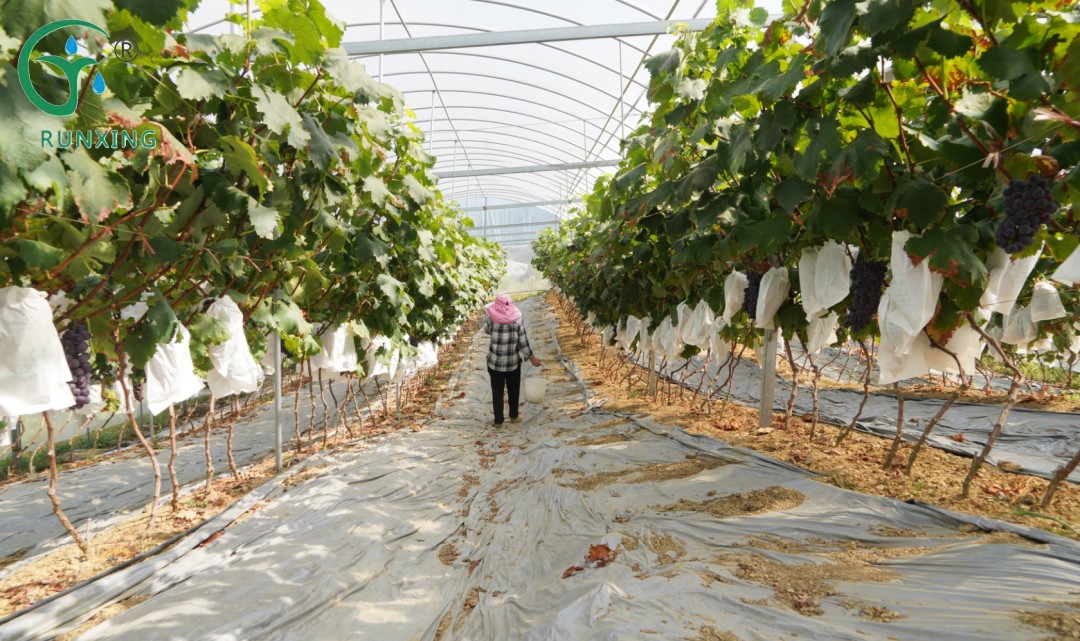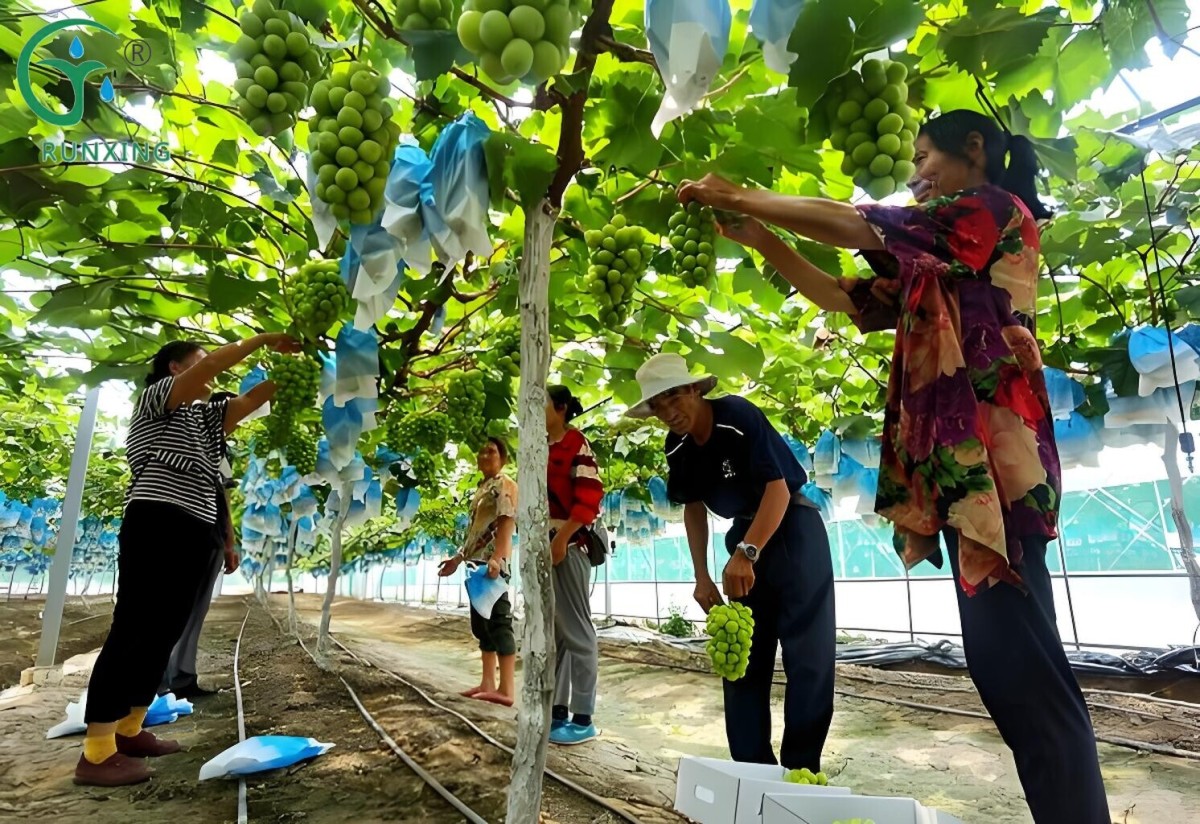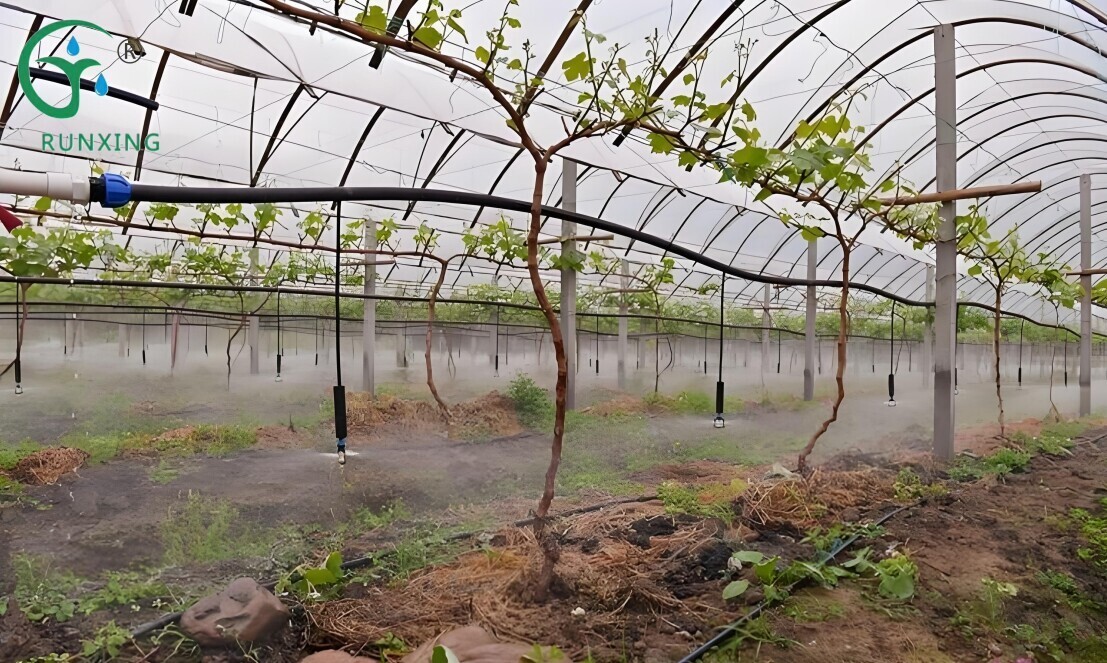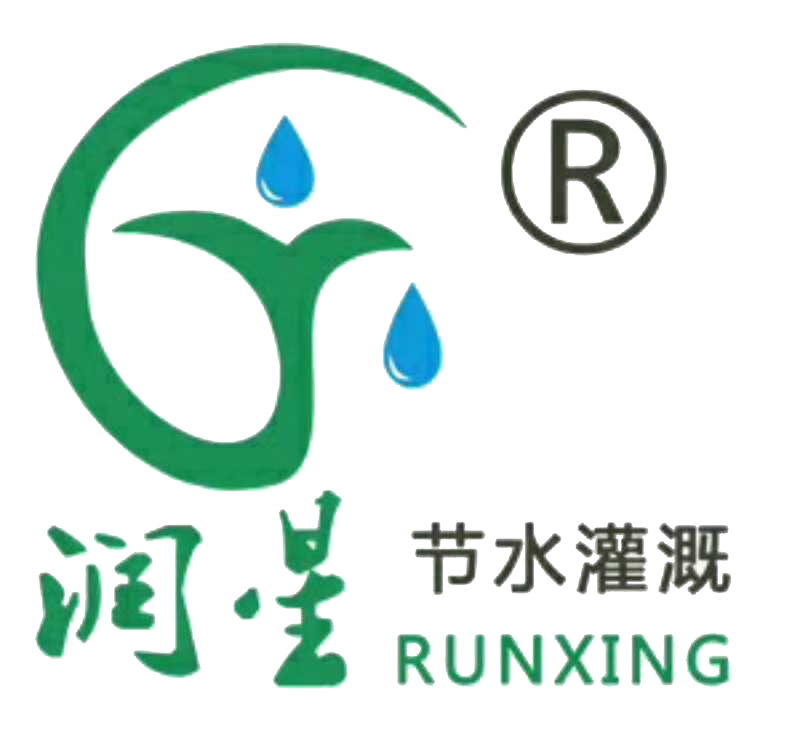A Guide to Grape Cultivation in Brazil and the Necessity of Drip Irrigation Systems
Does Grape Cultivation in Brazil Require Drip Irrigation Systems?
In Brazil's tropical climate, grape cultivation faces challenges posed by high temperatures, high humidity, and rapid soil evaporation. To ensure healthy grape growth and high yields, an effective irrigation system is crucial. Drip irrigation, as an efficient and water-saving irrigation method, is particularly suitable for grape cultivation in Brazil. It not only directly delivers water to the grape roots, reducing evaporation losses, but also prevents soil salinization and enhances water use efficiency. Therefore, drip irrigation systems are indeed necessary for grape cultivation in Brazil.

What Drip Irrigation Equipment is Needed?
Drip irrigation systems primarily consist of a water supply device, water delivery pipelines (main and branch pipes), and drip tapes.
Water Supply Device: This includes the water source (such as river water, well water), water pump, flow and pressure regulators, fertilizer mixing tank, and fertilizer injector.
Water Delivery Pipelines: Generally, a two-level system is used, namely the main pipe and branch pipes. The main pipe transports water from the source to the vineyard, while the branch pipes direct water into the grape planting area. Filters are installed on the pipelines to prevent impurities from causing clogging.
Drip Tapes: Made of polyethylene plastic film, these tapes have black walls to prevent moss growth. The drip holes have a diameter of 0.5-0.7 mm, with holes spaced 25 cm apart on each side in a staggered arrangement.

How to Lay Out and Install?
Planning and Layout: Arrange the branch pipes according to the grape row direction. Typically, the branch pipes are placed in the middle of the grape rows.
Connecting Drip Tapes: Use reducing tee connectors or bypass valves to connect the drip tapes to the branch pipes. Reducing tee connectors are suitable for long-distance irrigation, while bypass valves are easier to install.
Fixing and Testing: Ensure that the drip tapes are in good contact with the ground, avoiding suspension. Then conduct system testing to ensure smooth water flow.
How Much Water is Needed and How to Control It?
Grape water requirements vary throughout the growth cycle, but drip irrigation systems can precisely control water volume to meet the needs of grapes at different growth stages. Generally, soil moisture should be maintained at 65%-75% of field capacity during bud break to flowering, 75%-80% during new shoot growth and young fruit enlargement, and 70%-80% during rapid fruit enlargement. By adjusting the pressure and flow regulators of the drip irrigation system, precise irrigation water control and water-saving efficiency can be achieved.
How to Better Cultivate Grapes?
Site Selection and Vineyard Establishment: Choose soil that is deep, fertile, well-drained, and breathable, with a pH value between 6.0 and 7.5. Plan the planting rows and spacing to ensure good ventilation and light penetration in the vineyard.
Seedling Selection and Planting: Select grape seedlings with developed roots, sturdy stems, full buds, and no pests or diseases. Plant in spring after soil thawing and before budding, ensuring that the roots are spread out.
Field Management:
Fertilization Management: Apply organic fertilizer as the base fertilizer, with supplementary top dressing applied multiple times. Use nitrogen-based fertilizer during bud break, supplement boron fertilizer before flowering, and apply nitrogen-phosphorus-potassium composite fertilizer during fruit setting. Increase potassium fertilizer application during fruit coloring to maturity.
Water Management: Adjust irrigation volume according to grape growth stages, with appropriate water control during flowering and reduced watering during fruit coloring to maturity.
Pruning and Training: Conduct winter pruning of fruiting canes and summer pruning operations such as bud rubbing, shoot thinning, and topping to improve ventilation and light penetration.
Cultivation Tips
Integrated Water and Fertilizer Management: Utilize drip irrigation systems for integrated water and fertilizer management, improving fertilizer utilization and reducing nutrient loss.
Mulching: Apply mulching to reduce soil water evaporation, increase soil temperature, and benefit grape growth.
Drainage System: Plan the vineyard drainage system to prevent water accumulation during the rainy season, which can cause root oxygen deficiency and rot.

By implementing the above measures in combination with drip irrigation systems, grape cultivation in Brazil can achieve high efficiency, water savings, and high yields, while enhancing
If you have any needs, please contact us.
About Us
We are dedicated to offering innovative, water-saving, and labor-saving irrigation solutions for agriculture worldwide. Our focus on quality and continuous innovation drives the development and progress of the industry
LOGO
This stunning beach house property is a true oasis, nestled in a serene coastal community with direct access to the beach.
Opening Hours
Monday - Friday : 9AM to 5PM
Sunday: Closed
Closed during holidays
Contact
+18888888888
hezuo@eyingbao.com123 West Street, Melbourne Victoria 3000 Australia
